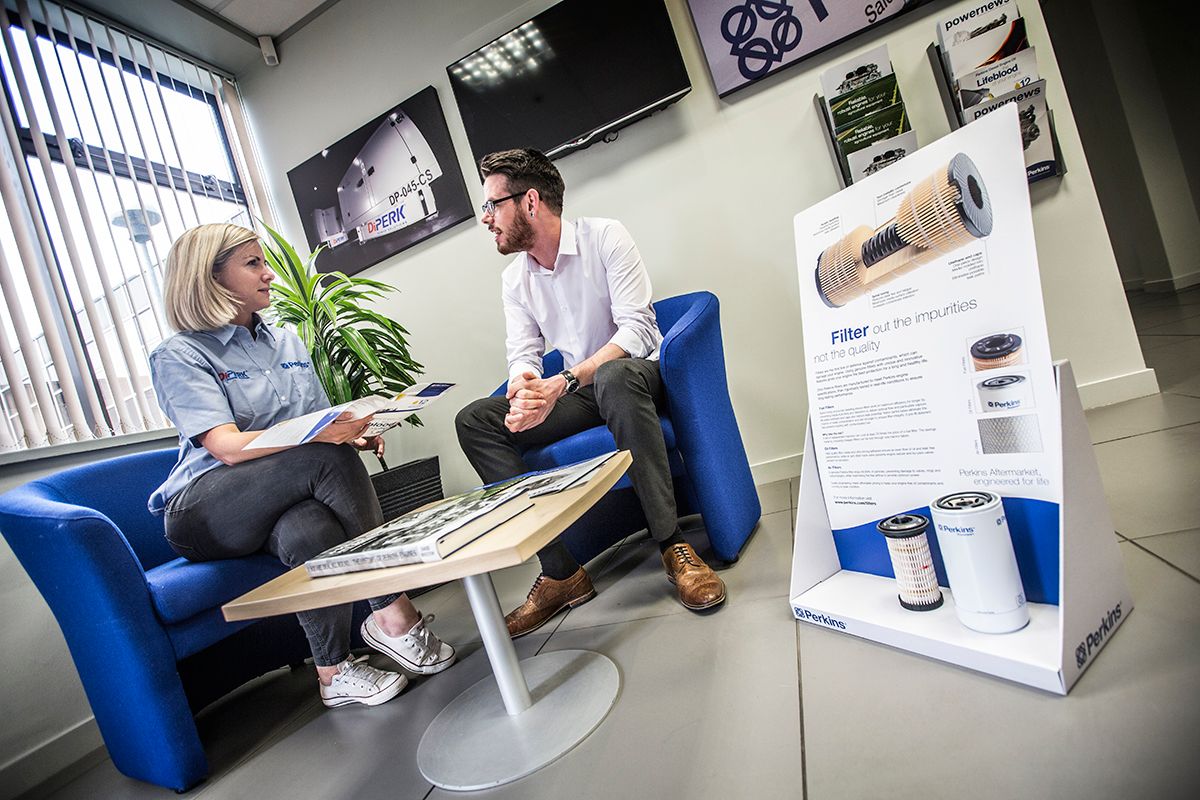Perkins Extended Life Coolant (ELC) is a proven performer at protecting the life of your engine – and using it can cut your coolant costs by up to 50 percent. It’s good for your engine, pocket and peace of mind. So why choose any other coolant?
Caring for your engine means caring about the type of coolant you use. Choosing Perkins ELC not only provides better protection for your engine and cooling system, it’s more cost-effective than other coolants.
Developed, tested and approved by Perkins, ELC lasts for 6,000 hours in our industrial and commercial engines, which is at least twice as long as conventional coolants. Another advantage is that it doesn’t require the addition of supplemental coolant additives (SCAs).
The longer running time not only reduces the cost of the coolant itself by up to 50 percent, but also saves on downtime, labour and disposal costs.
Years of research, knowledge and technical excellence have gone into the development of the product, which is designed to give optimum performance and protection for your engine.
The pre-mixed formula can be used for both initial fill and top-up. It protects against freezing at temperatures down to -37°C, making it an automatic choice for those operating machines in typical operating conditions around the world.
ELC is supplied ready mixed as 50:50 coolant to purified water, which eliminates the need to source de-ionised water. This removes any risk of local water causing hard water scale or damage through particulates, which would affect the performance of a coolant.
It’s fully compatible with all Perkins engines and most other diesel, petrol and natural gas engines, which means you need to stock only one coolant for all the machines you run.
Our ELC has passed some of the world’s most rigorous tests for heavy duty coolant performance, so you can rely on it whatever work you do, and wherever you do it.
Case study: the importance of proper cooling system maintenance
One of our customers operating machines at a mine in Africa compared components in engines using Perkins ELC against those using a mixture of water and SCAs.
After 5,300 hours, the cylinder liner from an engine operated using conventional coolant showed pitting, which had penetrated the liner wall. The injector sleeves from the same engine showed deposits and severe pitting, together with severe corrosion of the water pump.
An engine which was run using Perkins ELC in the radiator gave significantly better results, even though it had been operated for almost twice as long – 10,013 hours. The coolant side of the liner was as new, with the injector sleeves in excellent condition.
If you're ready to receive trusted advice from a Perkins expert, speak to our team today.
Connect with usOur digital magazine with the latest news, interviews and analysis.
Read moreYour regional Perkins Distributor can provide local, on-the-ground engine support.
Learn More


